Transforming your pond into a stunning focal point requires thoughtful edging that balances functionality with aesthetic appeal. The right pond edging conceals unsightly liner, prevents erosion, creates smooth transitions between water and landscape, and establishes defined boundaries that enhance your garden's overall design. From natural stone arrangements to contemporary metal borders, creative recycled materials to living plant edges, each approach offers unique benefits for different garden styles and maintenance preferences. Selecting appropriate edging materials ensures your pond integrates seamlessly with surrounding elements while providing safe, accessible pathways for viewing and maintenance activities.

1. Natural Stone Perimeter Edging
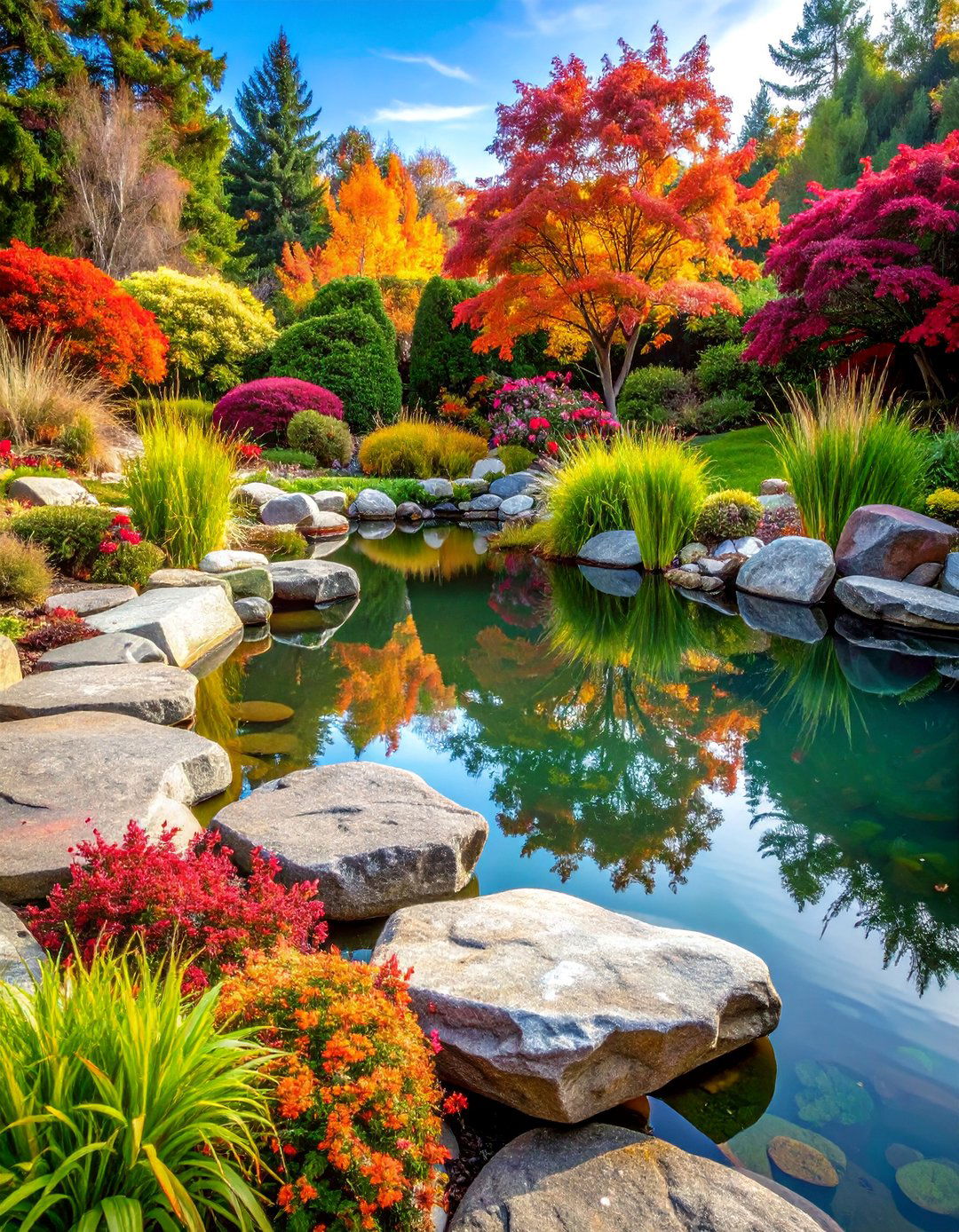
Creating a natural stone perimeter around your pond establishes an authentic, timeless appearance that seamlessly blends with garden landscapes. Large flagstone pieces, river rocks, or granite slabs positioned strategically around the water's edge provide sturdy, weather-resistant boundaries that age beautifully over time. This approach allows for varied stone sizes and shapes, creating organic, irregular patterns that mimic natural waterways. The stones can extend into shallow water areas, providing wildlife access points while hiding pond liner edges effectively. Natural stone edging requires minimal maintenance, withstands freeze-thaw cycles, and complements both formal and informal garden designs while offering excellent long-term durability.
2. Timber Deck Overhang Design
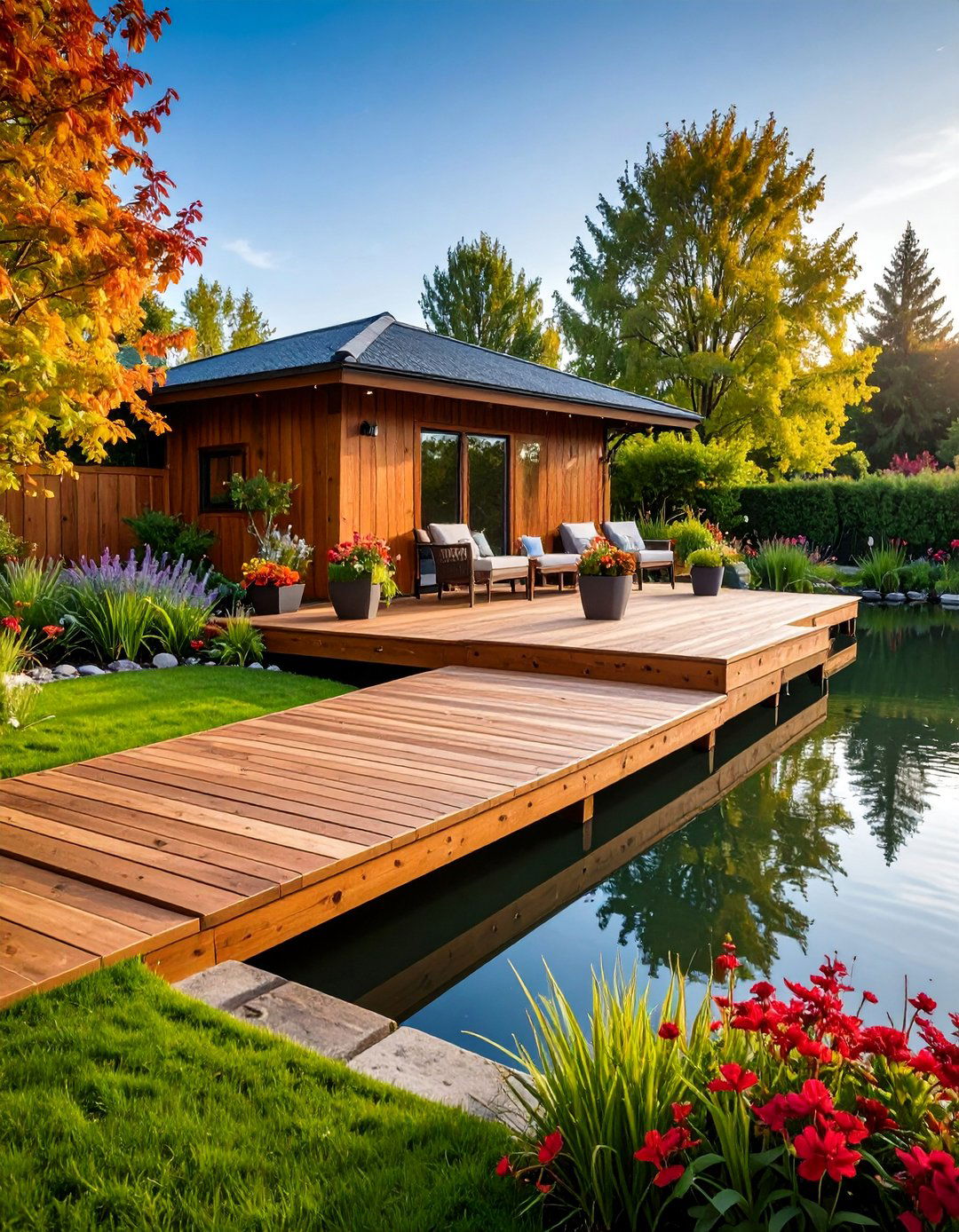
A timber deck extending over the pond's edge creates an elegant viewing platform that brings you closer to the water while providing comfortable seating and entertainment space. Cedar, teak, or pressure-treated lumber forms sturdy decking that can cantilever over the water, supported by proper footings beneath the pond liner. This design transforms the pond area into an outdoor living space, perfect for relaxation, dining, or entertaining guests. The wooden surface provides warmth and natural texture that contrasts beautifully with water reflections. Regular maintenance including sealing and staining preserves the wood's appearance, while built-in planters or lighting can enhance the deck's functionality and ambiance.
3. Brick Pathway Border

Brick edging creates classic, formal pond borders with warm, traditional appeal that complements various architectural styles from colonial to contemporary designs. Red clay bricks, arranged in running bond, herringbone, or soldier course patterns, establish clean, geometric lines around the pond perimeter. This material provides excellent durability, frost resistance, and easy maintenance while offering design flexibility through different laying patterns and joint treatments. Brick borders can extend outward to create walkways, seating areas, or connect with existing hardscape features. The uniform size and shape of bricks simplifies installation, while their porous nature helps with drainage around the pond area.
4. Pebble Beach Shoreline
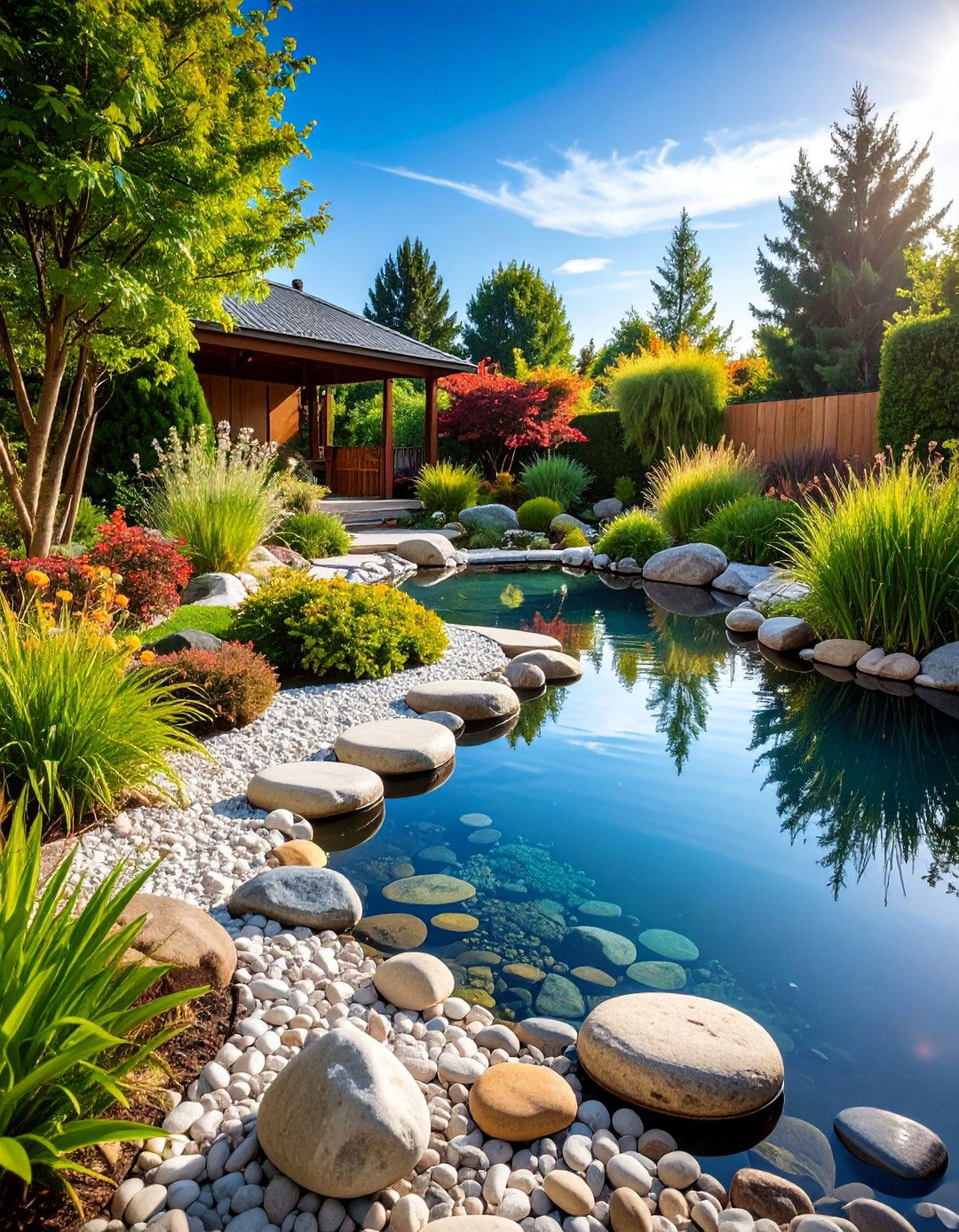
Designing a pebble beach shoreline around your pond creates a natural, gradual transition from land to water that's particularly beneficial for wildlife access and aesthetic appeal. Smooth river pebbles in varying sizes, from large cobbles down to fine gravel, are arranged in sloping bands that extend into shallow water areas. This approach mimics natural lake shores, providing safe entry and exit points for amphibians, birds, and beneficial insects. The pebbles effectively hide pond liner edges while creating interesting textural contrasts and allowing for excellent drainage. Occasional rearrangement maintains the natural appearance, while strategic placement of larger stones provides focal points and prevents pebble migration.
5. Concrete Slab Modern Edge
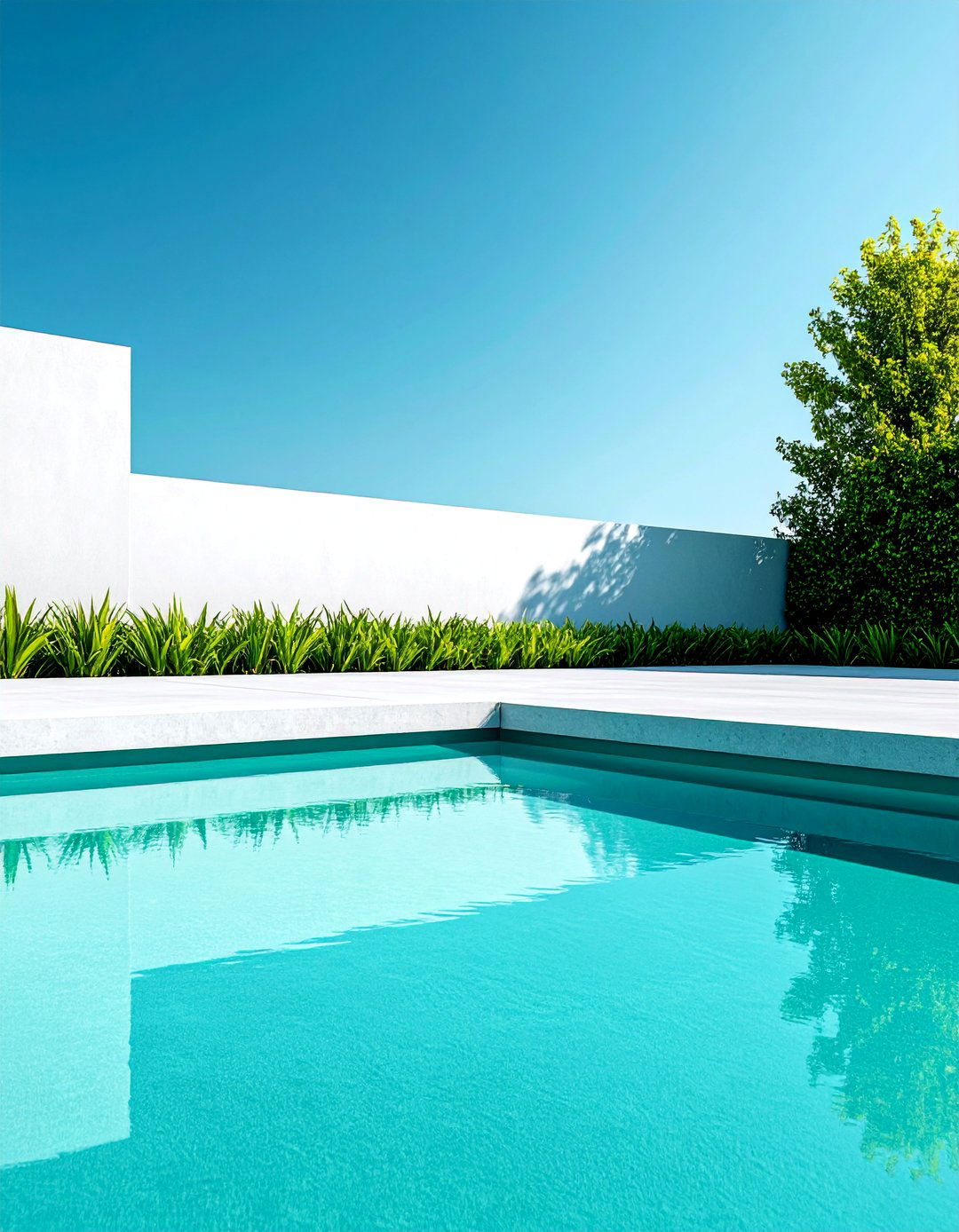
Concrete slab edging delivers a sleek, contemporary aesthetic with clean geometric lines that complement modern landscape designs and architectural styles. Precast or poured-in-place concrete creates uniform, level surfaces perfect for minimalist gardens where simplicity and functionality take precedence. The concrete can be tinted, textured, or stamped to achieve various finishes, from smooth and polished to rough and natural-looking surfaces. This durable material withstands weather extremes, requires minimal maintenance, and provides stable platforms for furniture placement or walking. Proper installation includes adequate footings and expansion joints to prevent cracking, while integrated lighting or planters can soften the industrial appearance.
6. Marginal Plant Living Border
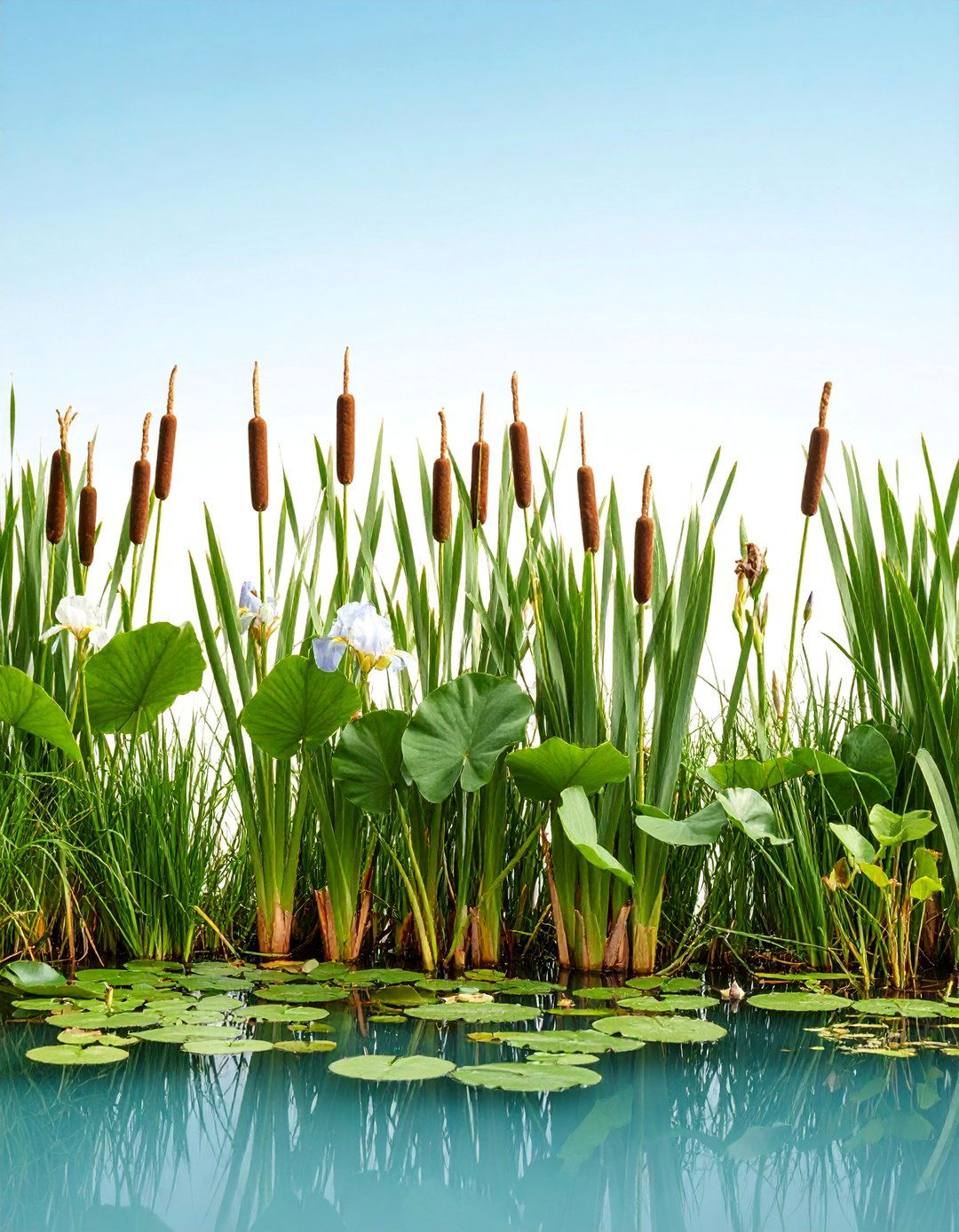
Establishing a living border using marginal and bog plants creates a dynamic, ever-changing edge that enhances the pond's ecological value while providing natural beauty throughout growing seasons. Plants such as cattails, water iris, pickerel rush, and sedges are positioned in shallow planting shelves or containers around the pond perimeter. This approach supports local wildlife, improves water quality through natural filtration, and creates habitat for beneficial insects and small animals. The soft, organic lines of plant borders contrast beautifully with hardscape elements while hiding technical components like filters and pumps. Regular pruning and seasonal maintenance keep the plantings healthy and prevent aggressive species from overwhelming the pond.
7. Gabion Basket Stone Feature
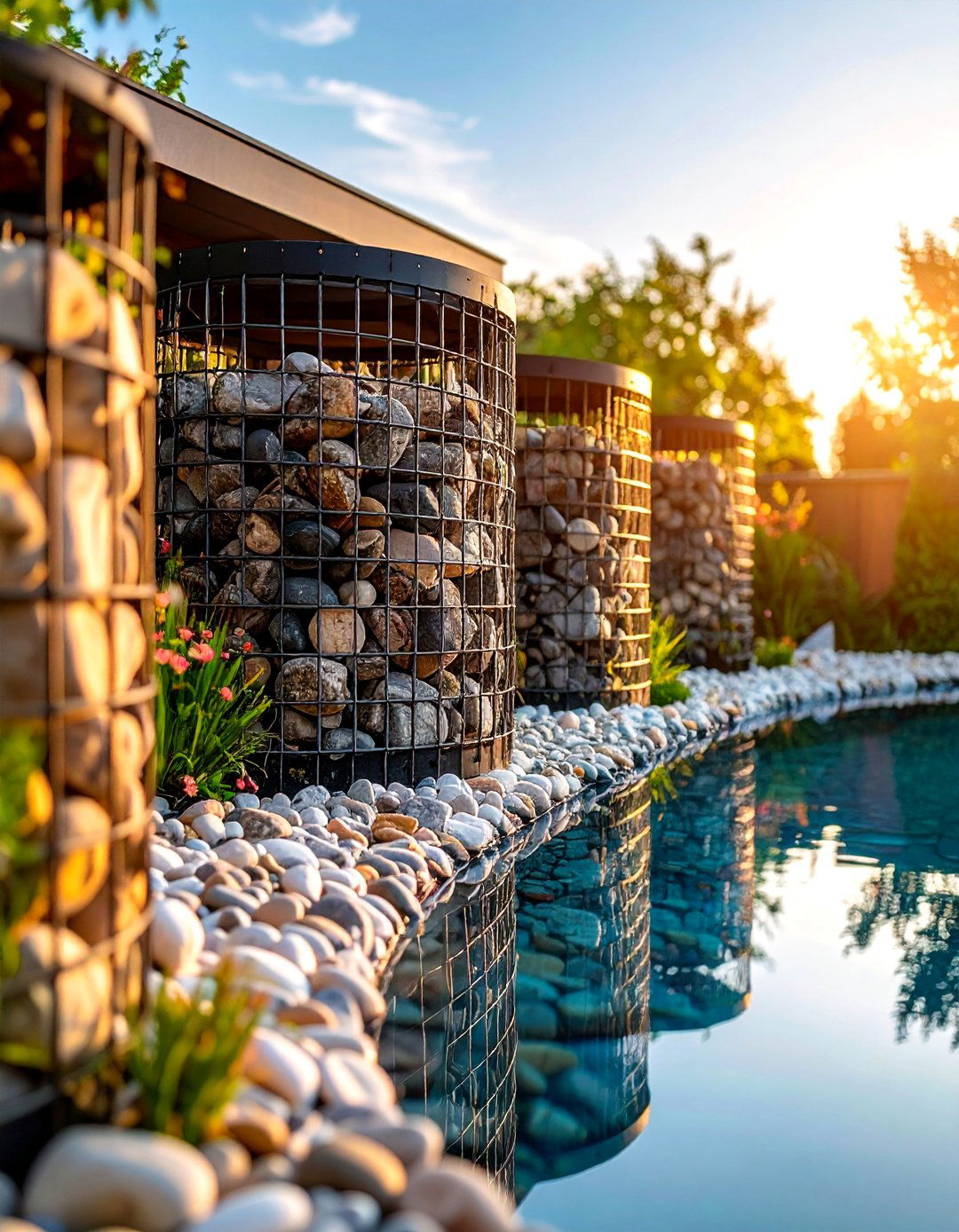
Gabion baskets filled with locally sourced stones create striking, industrial-style pond edging that combines modern aesthetics with practical functionality. These wire mesh cages, available in various sizes and configurations, can be stacked or arranged to form retaining walls, planters, or decorative barriers around the pond perimeter. The stone-filled baskets provide excellent drainage, erosion control, and structural support while allowing for creative customization through stone color, size, and texture selections. Gabion edges work particularly well on sloped sites where level changes require retention, and they can incorporate built-in seating or planting pockets. The permeable structure supports plant growth while maintaining clean, architectural lines.
8. Wooden Log Rustic Barrier

Wooden log barriers create charming, rustic pond edging that brings natural warmth and texture to garden water features while maintaining an informal, cottage-garden atmosphere. Cedar, oak, or locally sourced hardwood logs are positioned horizontally or vertically around the pond perimeter, creating varied heights and organic arrangements. This approach works especially well in woodland settings or casual garden designs where natural materials predominate. The logs can be partially buried for stability, arranged in curved or straight lines, and combined with gravel or plants for enhanced visual appeal. Regular treatment with wood preservatives extends durability, while the aging process adds character and authenticity to the overall design.
9. Mosaic Tile Artistic Edge

Mosaic tile edging transforms pond borders into colorful, artistic expressions that reflect personal style while creating unique focal points in garden landscapes. Small ceramic, glass, or stone tiles arranged in patterns, pictures, or abstract designs bring vibrant color and intricate detail to the water's edge. This creative approach allows for endless customization, from Mediterranean-inspired blues and whites to contemporary geometric patterns or nature-themed motifs. The durable tile surface withstands weather exposure while providing smooth, easy-to-clean borders. Professional installation ensures proper adhesion and weather sealing, while the reflective properties of glazed tiles enhance light play around the pond area.
10. Metal Strip Contemporary Border
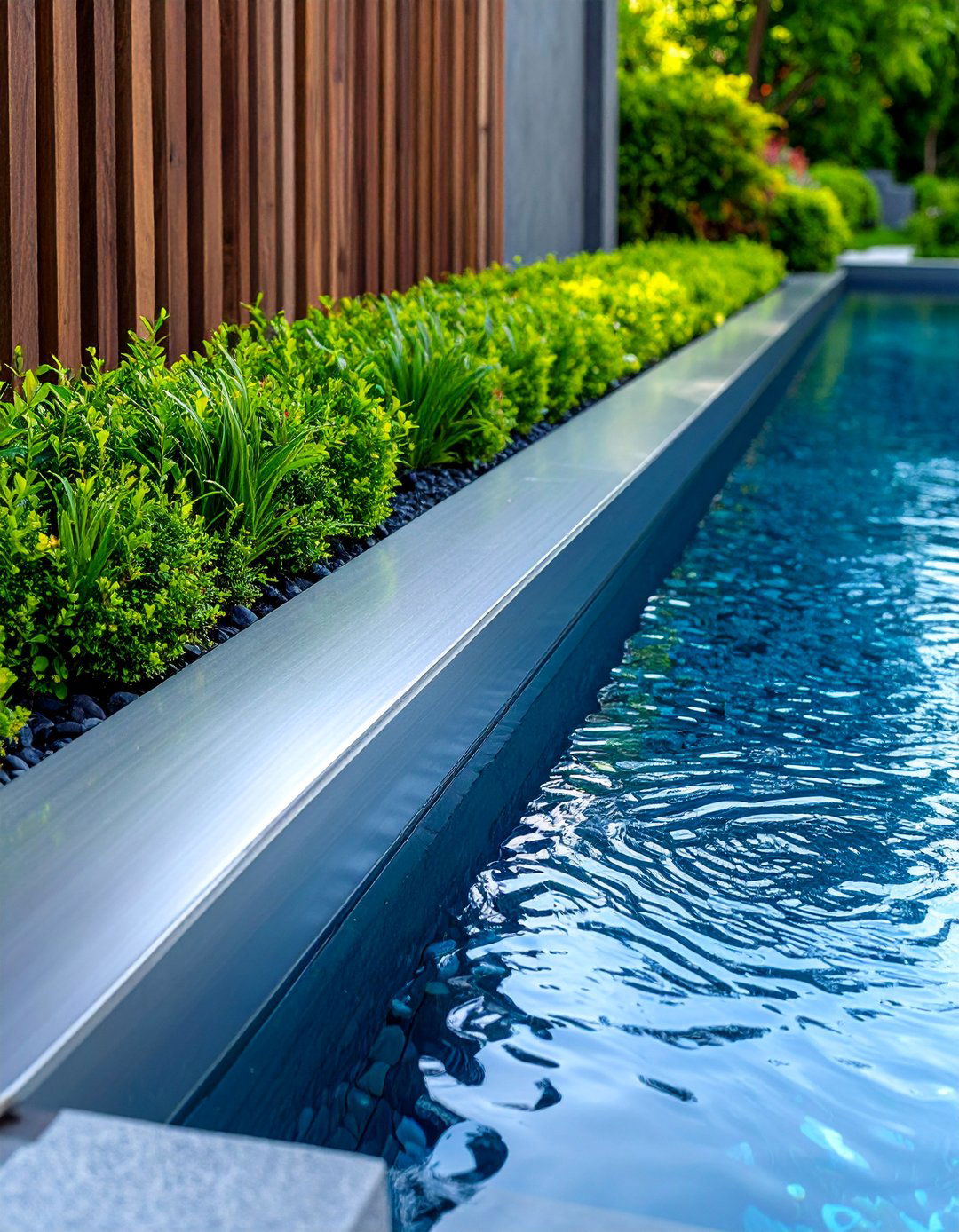
Sleek metal strip edging creates sophisticated, minimalist pond borders that emphasize clean lines and contemporary design principles in modern landscape settings. Aluminum, steel, or corten steel strips provide nearly invisible barriers that define pond boundaries without visual distraction from the water feature itself. These thin metal edges can be curved to follow organic pond shapes or installed in straight lines for formal geometric designs. The material's durability ensures long-term performance with minimal maintenance, while powder coating or natural weathering provides color options. Installation requires precise leveling and secure anchoring, but the result creates subtle definition that highlights rather than competes with pond aesthetics.
11. Gravel Path Natural Transition

Gravel pathways surrounding ponds create practical, permeable borders that facilitate easy maintenance access while providing natural drainage and weed suppression around the water feature. Decomposed granite, pea gravel, or crushed stone paths can curve organically around pond perimeters or form geometric patterns for more formal designs. This approach allows for various gravel colors and textures to complement existing landscape elements while maintaining relatively low installation and maintenance costs. Edge restraints keep gravel contained, while geotextile fabric underneath prevents weed growth and promotes proper drainage. Strategic placement of stepping stones or larger rocks provides stable footing and visual interest along the gravel border.
12. Raised Stone Wall Design

Raised stone walls around ponds create dramatic elevation changes that enhance visual impact while providing functional benefits such as wind protection and safety barriers. Natural or manufactured stone blocks can be dry-stacked or mortared to form walls of varying heights, incorporating curves, angles, or terraced sections that follow site topography. These structures provide excellent opportunities for integrated seating, planters, or water features while creating intimate spaces around the pond. Proper foundation work ensures stability, while capstones protect the wall from weather damage. The raised design also facilitates pond maintenance by improving access and providing storage space for equipment beneath wall cavities.
13. Bamboo Zen Garden Edge

Bamboo edging brings exotic, zen-inspired aesthetics to pond design while promoting sustainable, environmentally conscious landscaping practices that emphasize harmony with nature. Natural bamboo poles or fabricated bamboo fencing can be arranged vertically or horizontally around pond perimeters, creating screens, barriers, or decorative accents. This fast-growing, renewable material provides excellent flexibility for curved installations while maintaining natural color variations and textures that age gracefully. The light weight simplifies installation and modification, while treatment with natural preservatives extends outdoor durability. Bamboo edges work particularly well with Asian-inspired garden themes, contemporary designs, or natural settings where organic materials predominate.
14. Grass Turf Natural Blend
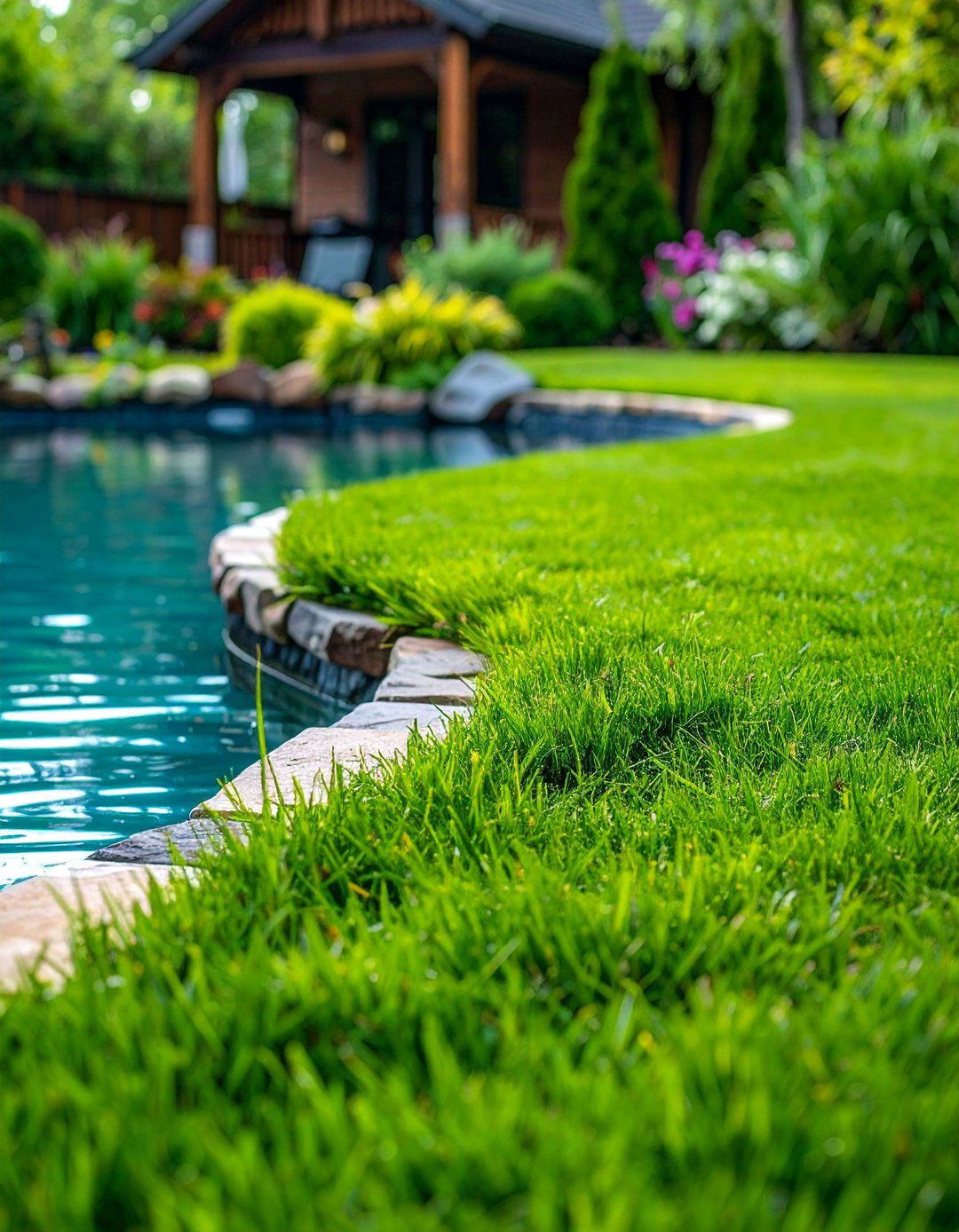
Grass turf extending to the pond's edge creates seamless integration between water features and surrounding lawn areas while maintaining simple, natural aesthetics that require minimal additional materials. This approach works best where pond construction allows for gradual grade transitions and proper drainage management to prevent waterlogged conditions. Strategic use of edging strips or underground barriers prevents grass encroachment into the pond while maintaining clean visual lines. Regular mowing requires careful attention to avoid clippings entering the water, while longer grass near the immediate edge provides wildlife habitat. Drought-tolerant grass varieties help maintain appearance during varying moisture conditions.
15. Recycled Glass Bottle Border
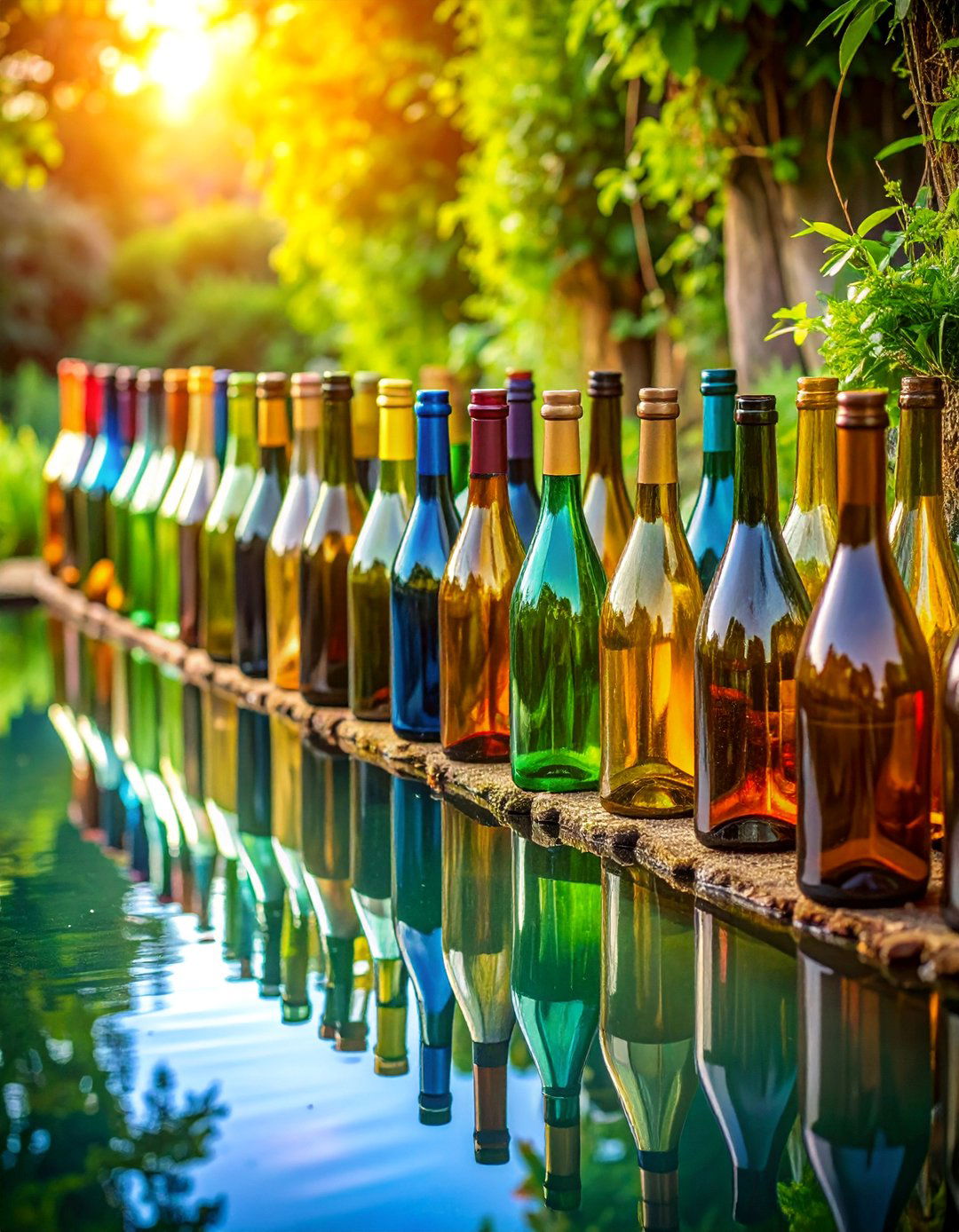
Creative recycling of glass bottles into pond edging demonstrates environmental consciousness while creating unique, sparkling borders that catch and reflect light throughout the day. Wine bottles, beer bottles, or decorative glass containers are buried neck-down around pond perimeters, leaving colorful bases visible above ground level. This approach transforms waste materials into artistic landscape features while providing durable, weather-resistant boundaries that won't deteriorate over time. Various bottle colors create rainbow effects or monochromatic schemes, while different sizes add textural interest. Proper installation involves excavating trenches and securing bottles firmly to prevent shifting, while safety considerations require smooth edge finishing and child-safe arrangements.
16. Pavers Formal Walkway

Paver edging creates sophisticated, formal pond borders with precise geometric patterns that emphasize order and symmetry in traditional landscape designs. Concrete, brick, or natural stone pavers can be laid in running bond, basket weave, herringbone, or other patterns that extend outward from the pond to create walkways, patios, or seating areas. This approach provides stable, level surfaces for furniture placement and foot traffic while maintaining consistent appearance through uniform materials and professional installation. Proper base preparation ensures long-term stability, while joint treatments prevent weed growth and maintain clean lines. Pavers also facilitate easy access for pond maintenance activities and seasonal decorating.
17. Willow Woven Natural Fence
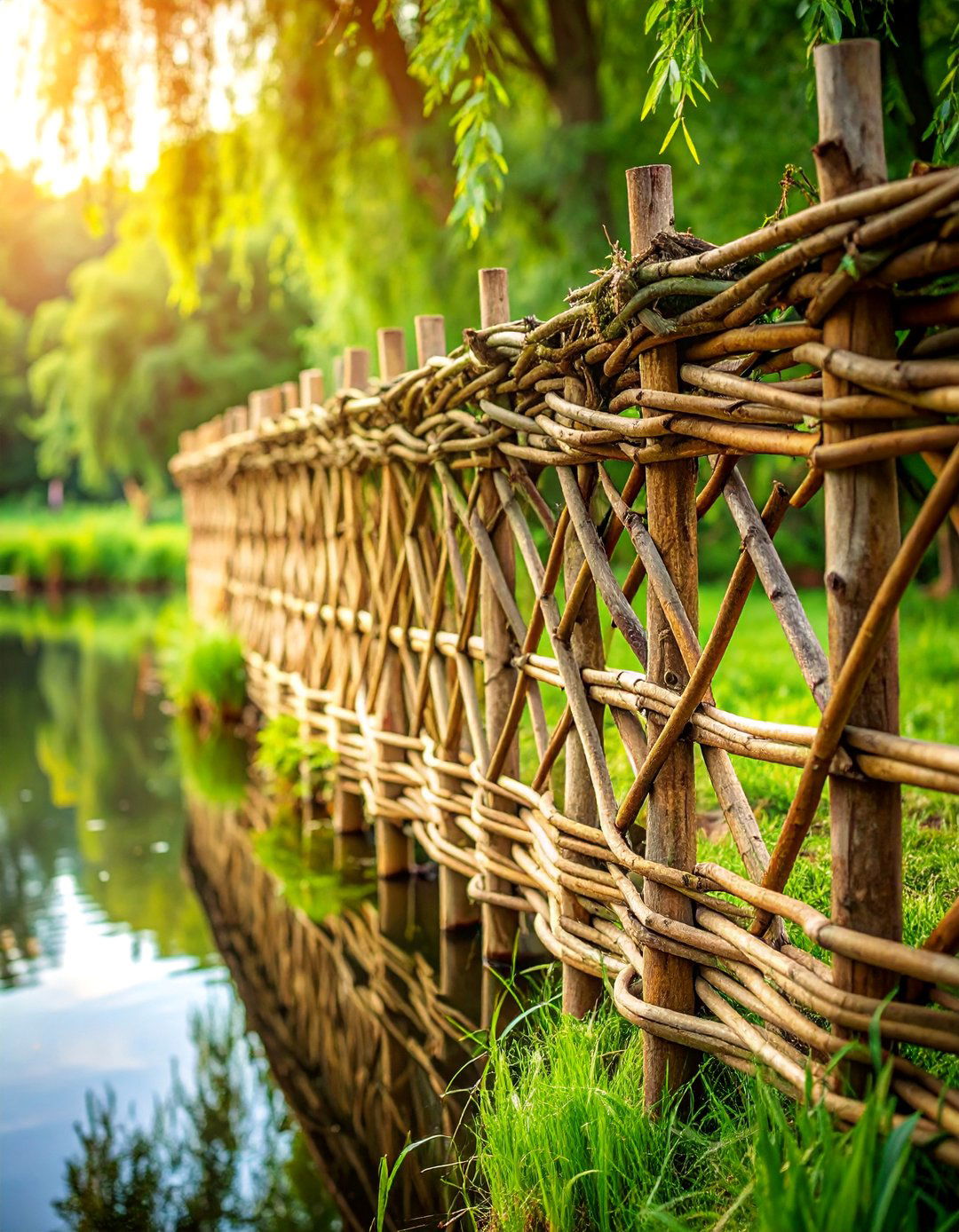
Living willow or woven willow edging creates flexible, organic pond borders that change character seasonally while providing natural screening and wildlife habitat around water features. Fresh willow branches can be woven through vertical stakes to form living fences that root and grow, or dried willow can create more permanent decorative barriers. This traditional craft technique produces curved, flowing lines that complement naturalistic pond designs while filtering views and creating intimate spaces. The biodegradable nature of willow requires periodic renewal or maintenance, but this also allows for design modifications and seasonal variations. Willow edges work particularly well in cottage gardens, wildlife ponds, or sustainable landscape projects.
18. Rope Maritime Theme Edge

Nautical rope edging brings coastal charm and maritime character to pond design while creating flexible, weather-resistant borders that emphasize relaxed, informal aesthetics. Thick marine-grade rope can be threaded through posts, wrapped around stakes, or laid along pond perimeters to define boundaries without rigid geometric constraints. This approach works particularly well with beach themes, coastal gardens, or casual outdoor entertainment areas where relaxed atmosphere predominates. The rope's flexibility accommodates curved pond shapes while providing soft barriers that won't injure wildlife or children. Regular inspection and replacement maintain appearance and safety, while natural fiber ropes weather to attractive gray tones that complement most landscape palettes.
19. Slate Tile Minimalist Design

Slate tile edging creates sophisticated, understated pond borders with dark, elegant surfaces that emphasize water reflections while maintaining low-profile aesthetics. Large format slate tiles provide smooth, flat surfaces that can be laid in formal patterns or irregular arrangements depending on desired design character. The natural stone's rich color variations and subtle textures complement both contemporary and traditional landscape styles while offering excellent durability and weather resistance. Slate's non-slip surface makes it practical for walkways and seating areas, while its thermal mass helps moderate temperature fluctuations around the pond. Professional installation ensures proper drainage and prevents frost damage to tile joints.
20. Cobblestone Vintage Pathway

Cobblestone edging evokes old-world charm and historical character while creating durable, permeable borders that age beautifully and develop patina over time. Rounded granite or basalt cobbles can be set in sand beds or mortared in place to form traditional pathway surfaces that guide circulation around pond perimeters. This approach works particularly well with period architecture, formal gardens, or heritage landscape restoration projects where authentic materials and traditional craftsmanship are valued. The irregular surface provides excellent traction and drainage while creating interesting shadow patterns and textural contrasts. Proper installation requires skilled stonework, but the results provide decades of low-maintenance service and timeless aesthetic appeal.
21. Terraced Planting Design

Terraced planting around ponds creates multi-level growing areas that maximize plant diversity while providing natural erosion control and wildlife habitat enhancement. Stone retaining walls, timber boards, or earthen berms can form terraced levels that accommodate different plant types based on moisture requirements and sun exposure. This approach allows for sophisticated plant compositions that change seasonally while providing year-round structure and interest around the pond. Upper terraces might feature ornamental grasses and perennials, while lower levels support moisture-loving plants and bog species. The terraced design also facilitates maintenance access and prevents soil erosion during heavy rainfall or pond overflow situations.
22. Railroad Tie Industrial Edge

Railroad ties create robust, industrial-style pond edging that emphasizes bold, masculine aesthetics while providing extremely durable borders capable of withstanding heavy use. These massive wooden beams can be arranged horizontally or vertically around pond perimeters, creating raised beds, retaining walls, or seating areas with strong visual impact. The weathered appearance and substantial size of railroad ties complement contemporary industrial design themes while providing practical benefits such as built-in planters and maintenance platforms. Safety considerations require using ties free from chemical treatments, while proper installation includes adequate drainage and structural support. The dark color and linear form create striking contrasts with water and plantings.
23. Seashell Coastal Theme Border

Seashell edging brings oceanic beauty and coastal character to inland ponds while creating unique, textural borders that celebrate marine aesthetics and beachcombing treasures. Large conch shells, scallop shells, oyster shells, or mixed collections can be arranged around pond perimeters to suggest tideline compositions. This approach works particularly well with beach house themes, Mediterranean styles, or gardens where coastal vacations provide design inspiration. The calcium carbonate in shells can gradually affect pond chemistry, so monitoring water quality ensures aquatic health. Shell arrangements can be modified seasonally or augmented with driftwood, sea glass, or coral specimens for enhanced coastal atmosphere.
24. Vinyl Flexible Curved Edge
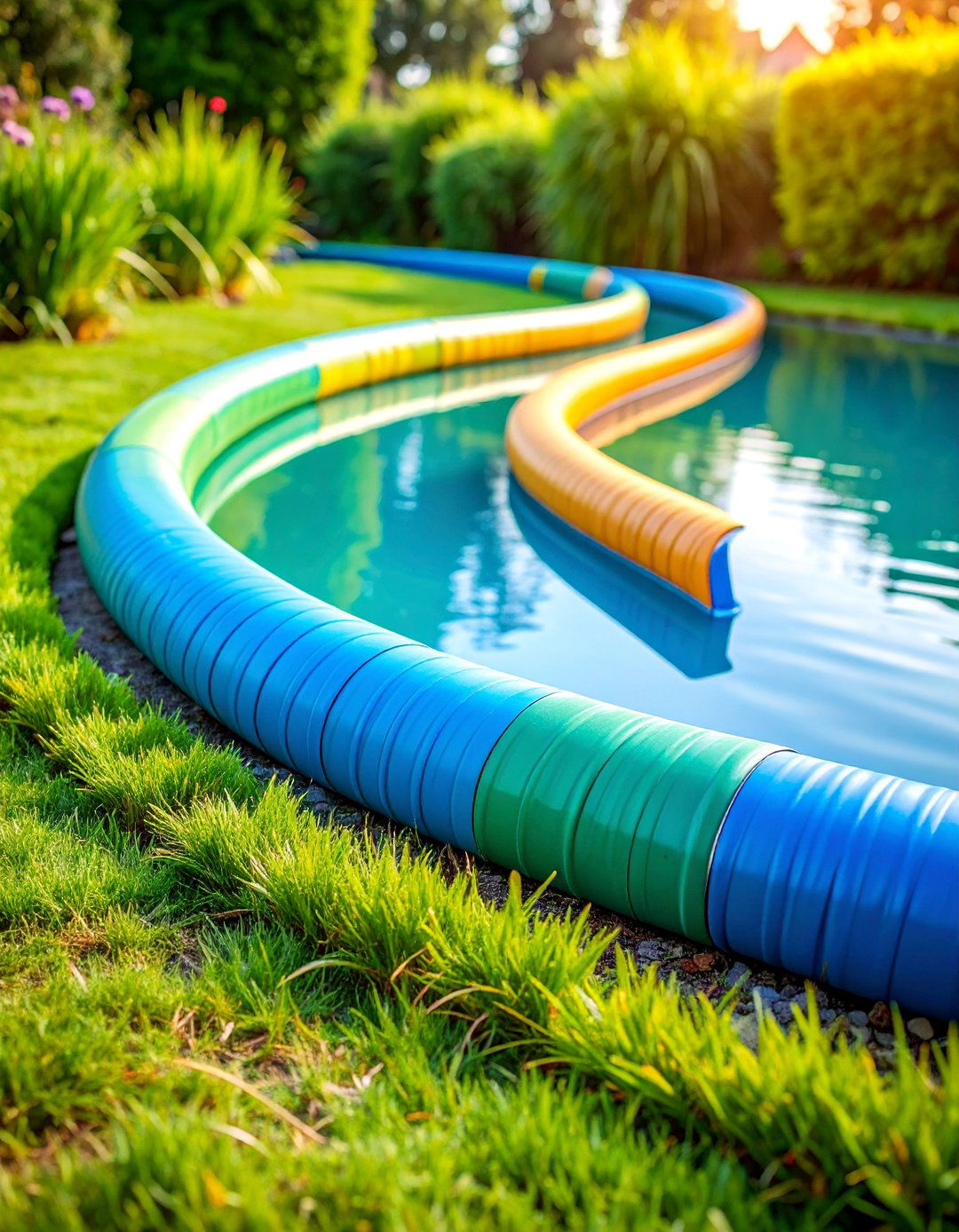
Vinyl edging provides practical, economical pond borders with excellent flexibility for curved installations and easy modification as garden designs evolve over time. This lightweight, durable material resists weather damage, insect infestation, and rot while maintaining consistent appearance without painting or staining requirements. Vinyl strips can be bent to follow organic pond shapes or installed in straight sections for geometric designs, while stake anchoring ensures secure positioning. The material's neutral colors blend discretely with most landscape elements while providing clear definition between water and surrounding areas. Installation requires minimal tools and skills, making this approach ideal for do-it-yourself pond projects or temporary borders.
25. Mixed Material Eclectic Design

Combining multiple edging materials creates dynamic, personalized pond borders that reflect individual creativity while accommodating varying functional requirements around different pond areas. Strategic mixing of stone, wood, metal, plants, and decorative elements allows each section to serve specific purposes while maintaining overall design unity. Formal paver areas might provide entertainment space, while naturalistic stone sections support wildlife access and informal plant arrangements. This eclectic approach prevents monotony while maximizing both aesthetic appeal and practical functionality. Careful color coordination and proportional relationships ensure cohesive appearance despite material diversity, while flexible design allows for future modifications and seasonal variations.
Conclusion:
Selecting the ideal pond edging transforms your water feature from a simple excavation into a polished landscape centerpiece that enhances property value and personal enjoyment. Each material and design approach offers distinct advantages, from natural stone's timeless durability to contemporary metal's sleek sophistication. Consider your garden's overall style, maintenance preferences, budget constraints, and intended use when choosing edging solutions. Professional installation ensures proper drainage, structural stability, and long-term performance, while thoughtful material selection creates seamless integration with existing landscape elements for maximum visual impact.


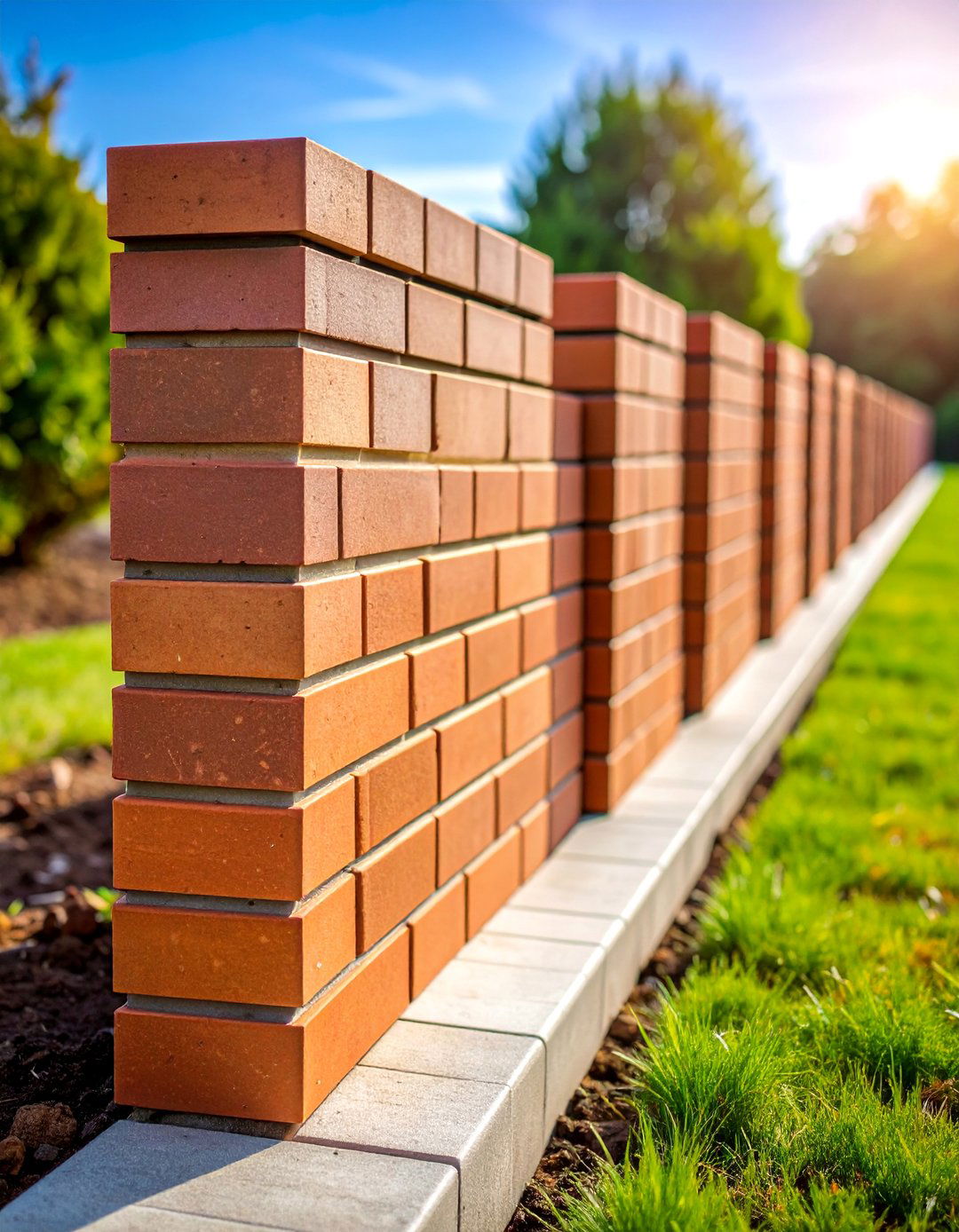
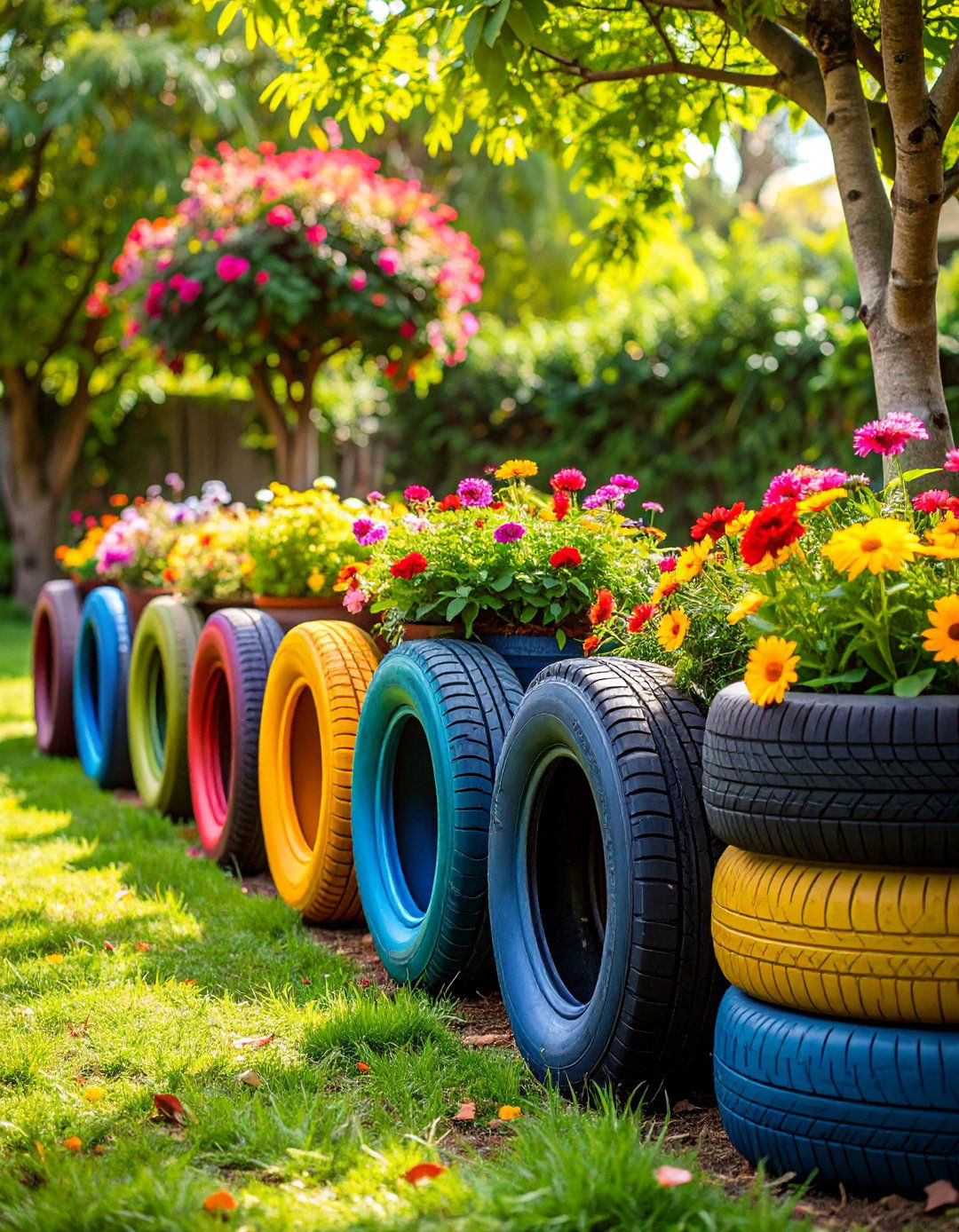
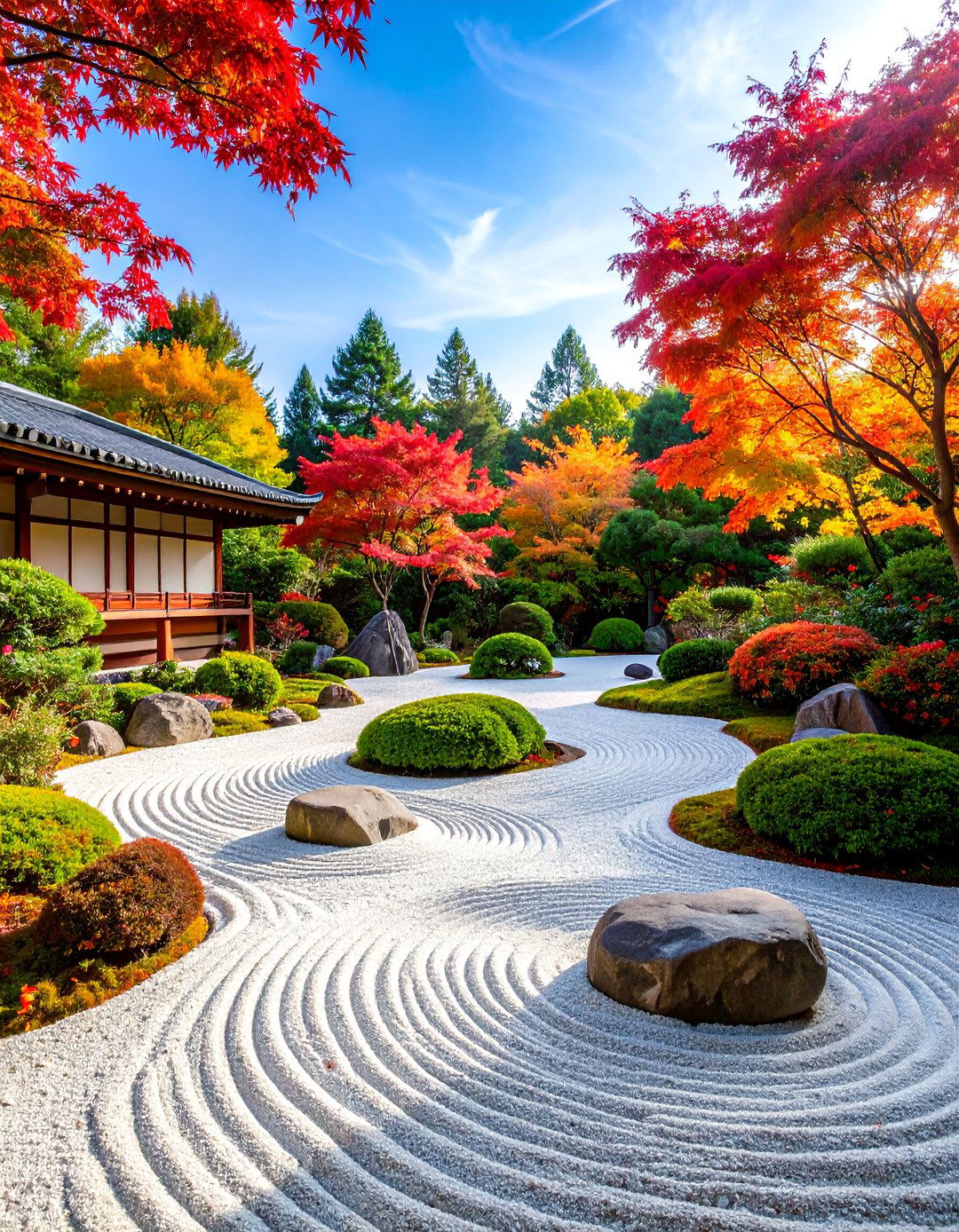
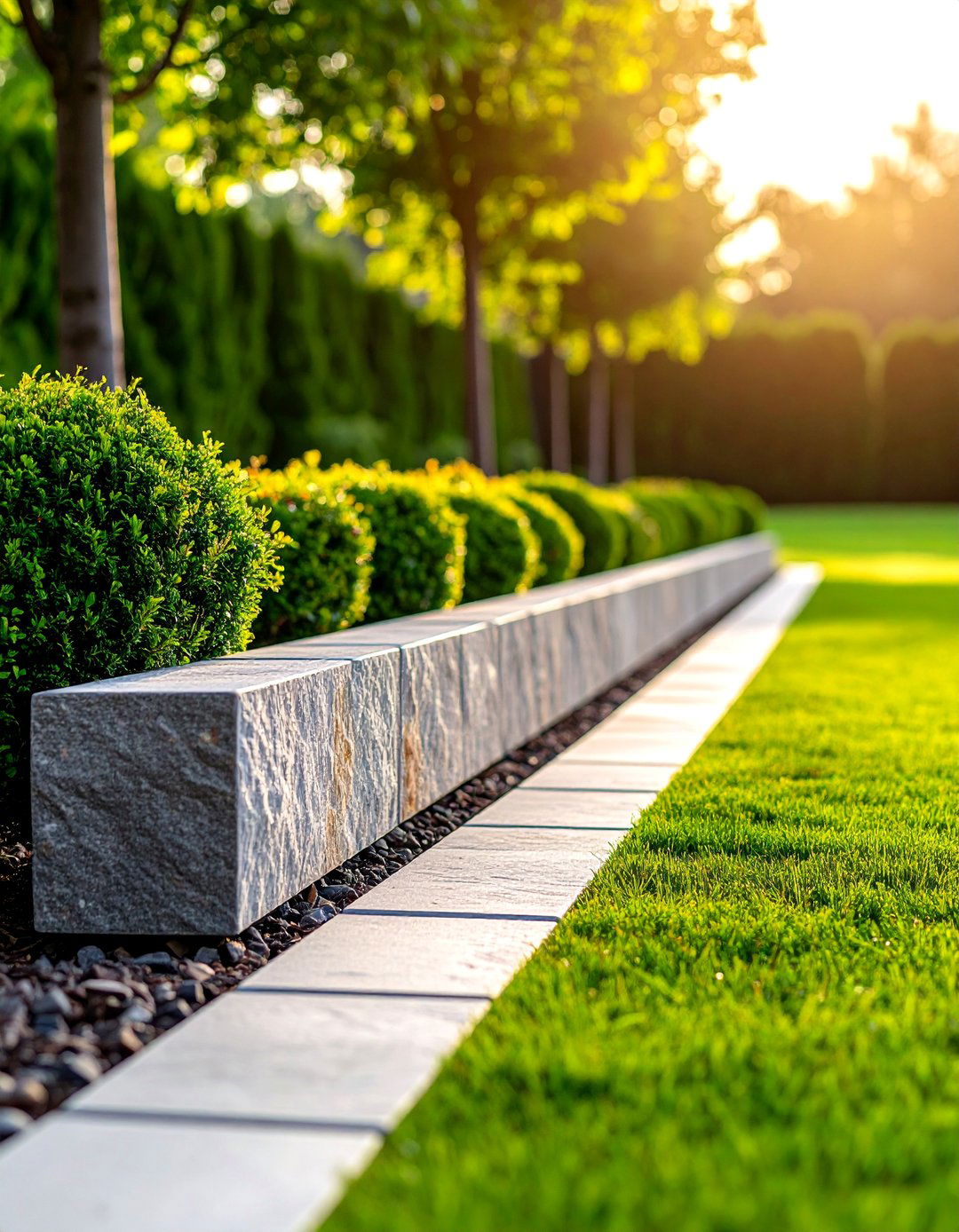
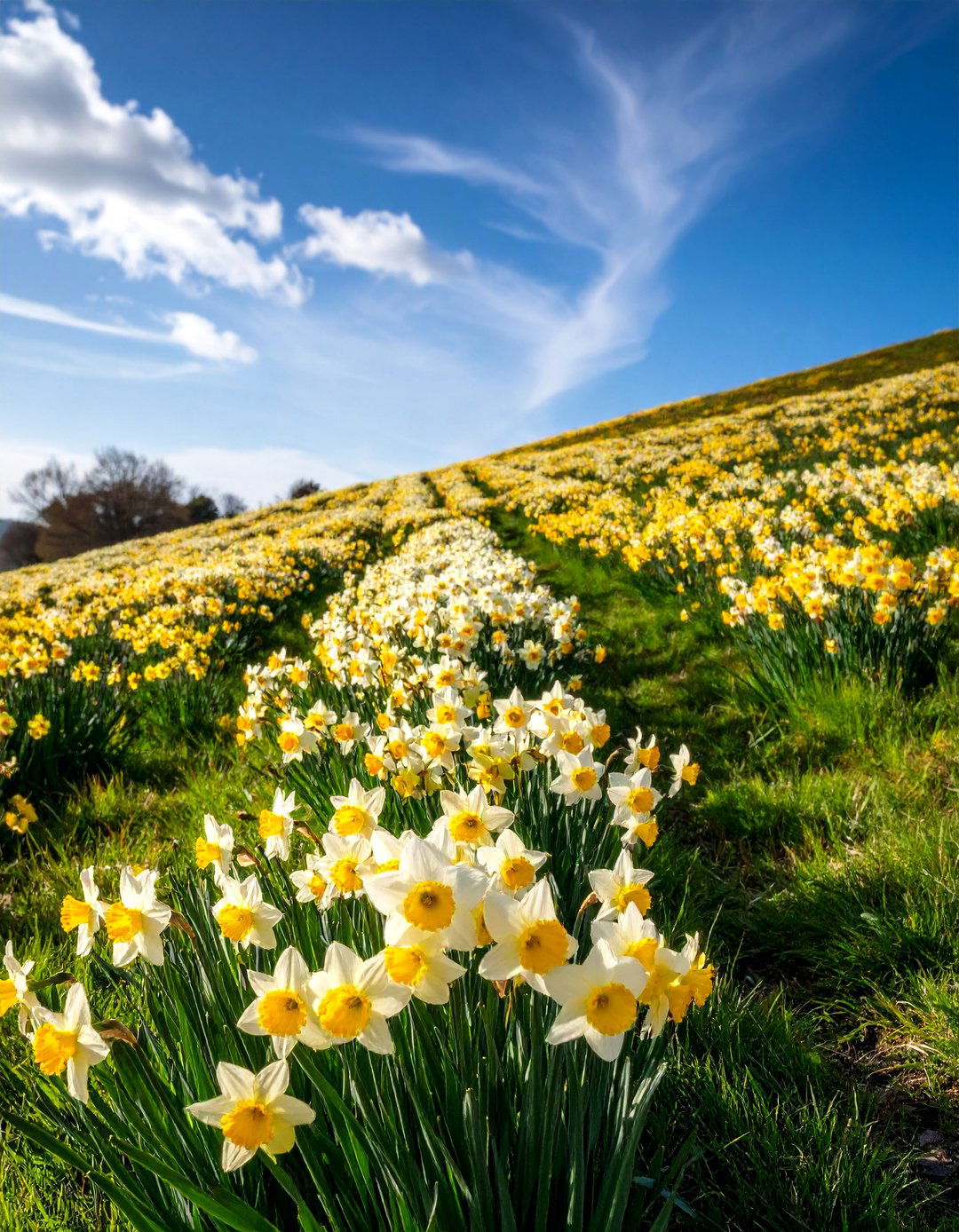


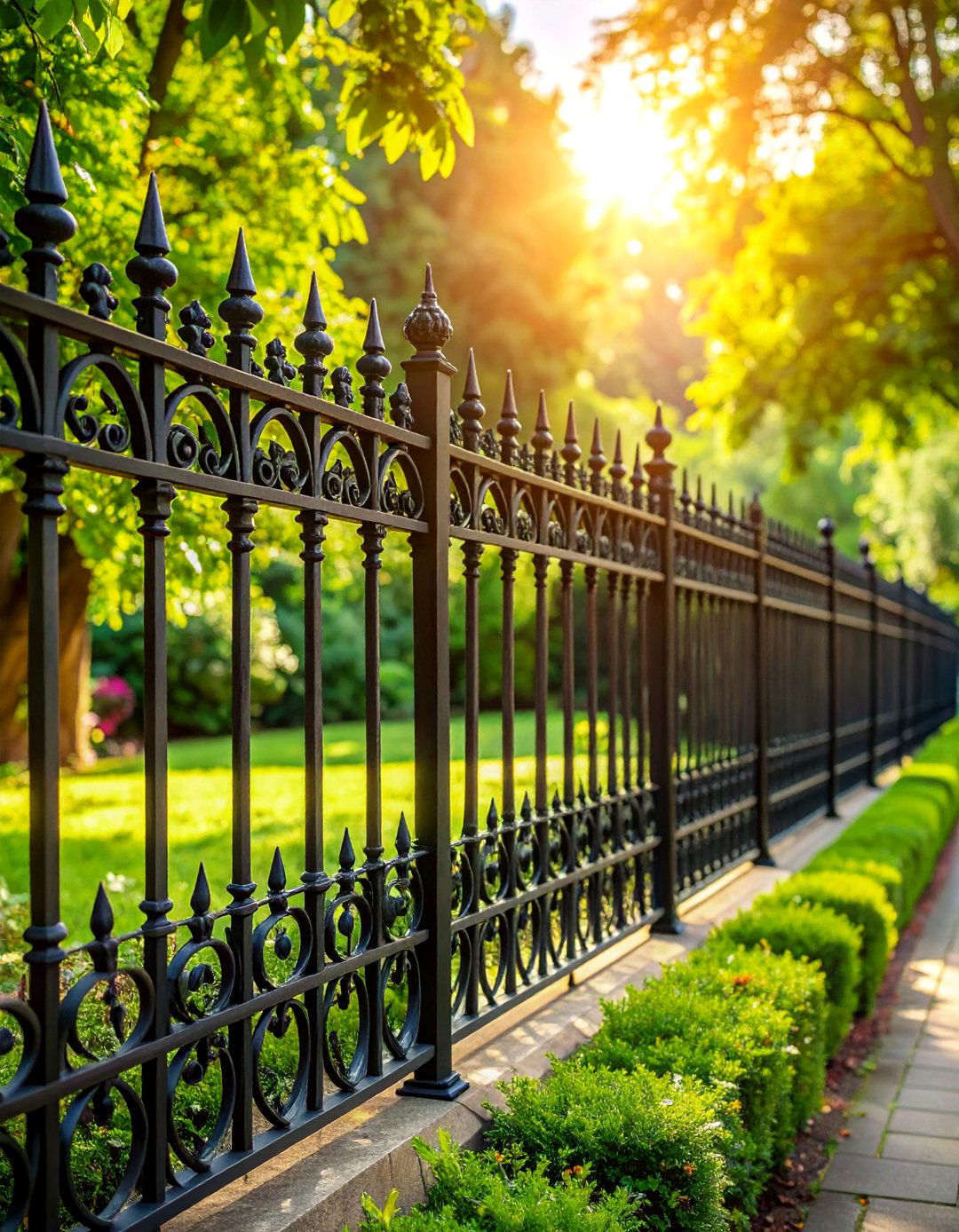
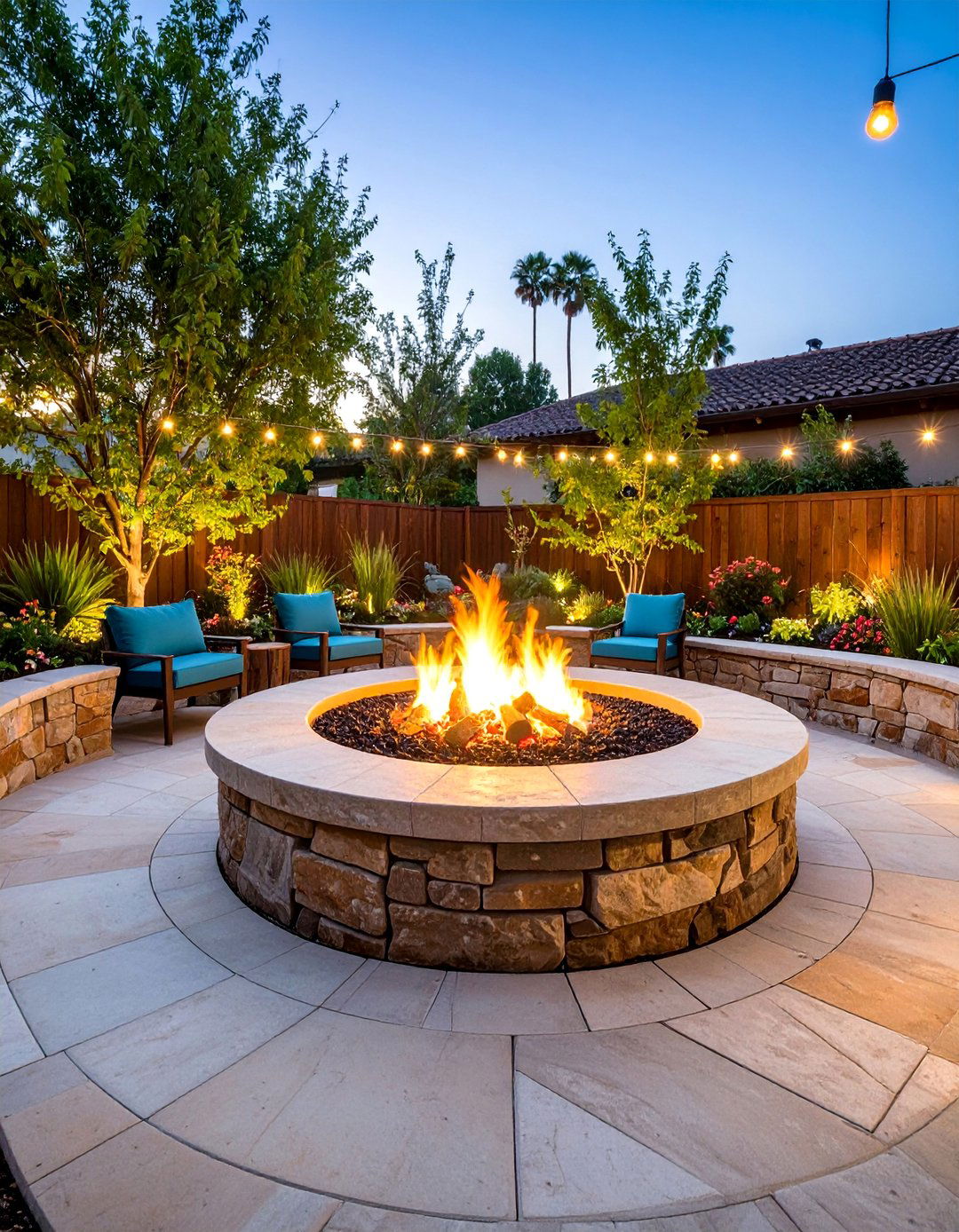
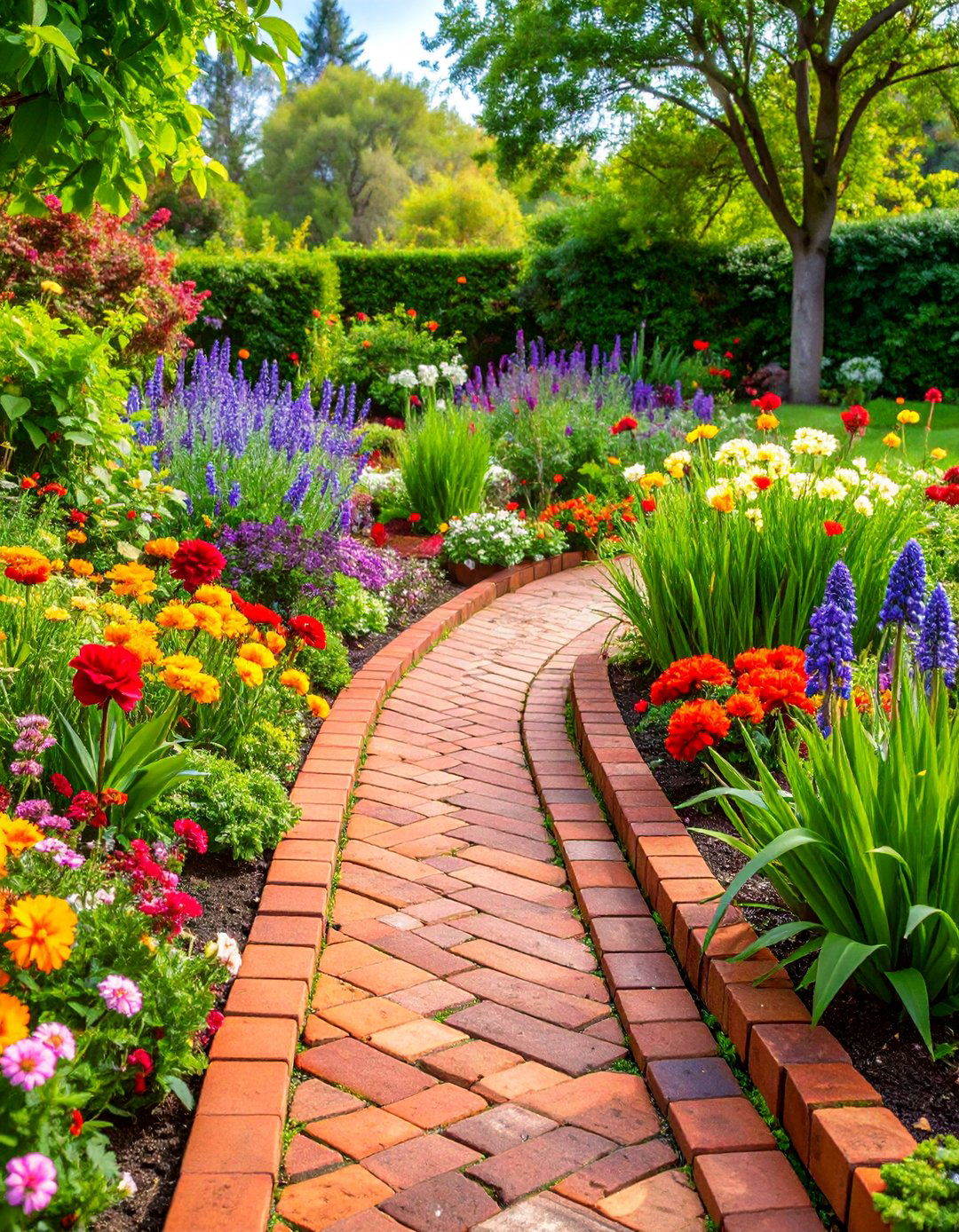
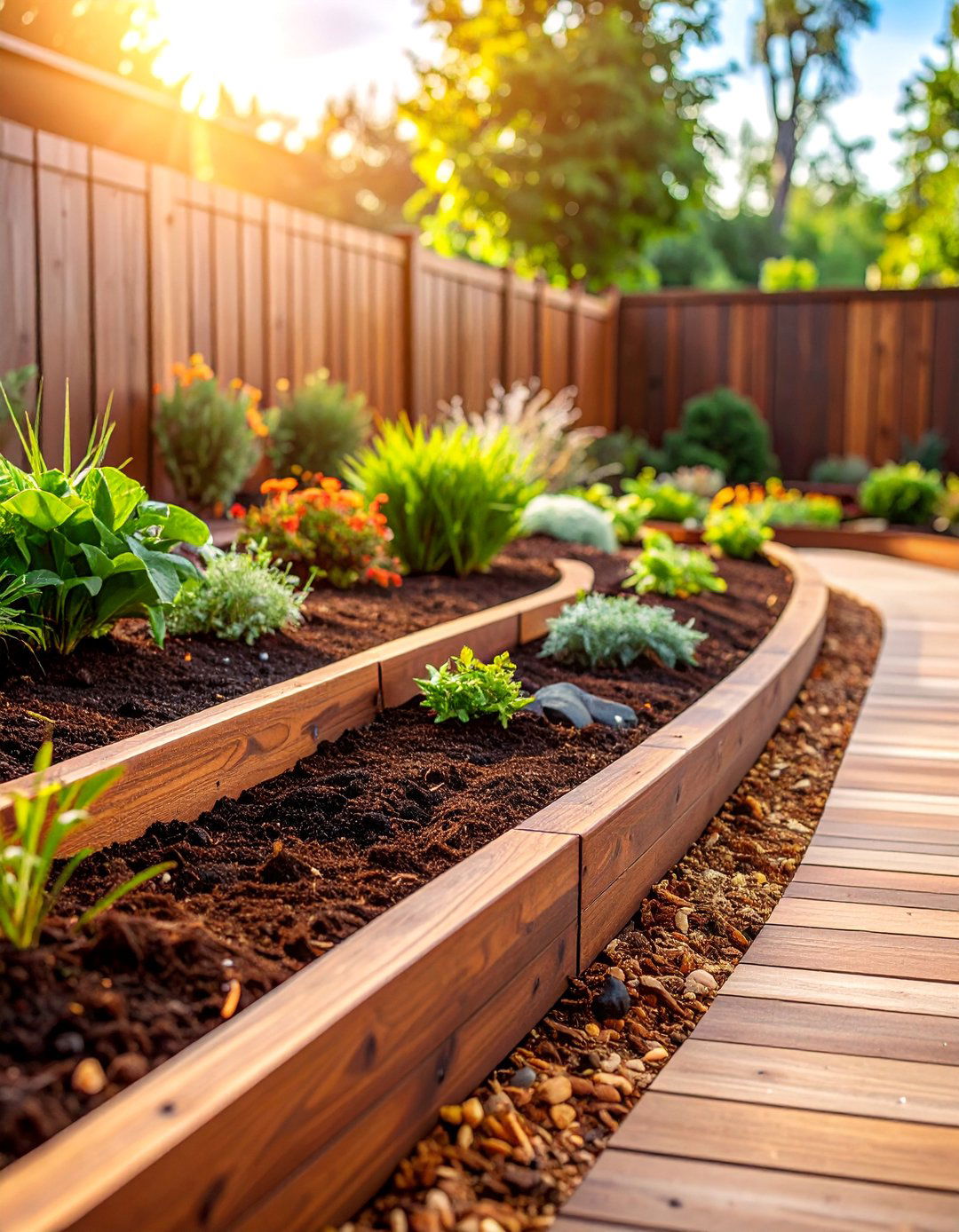
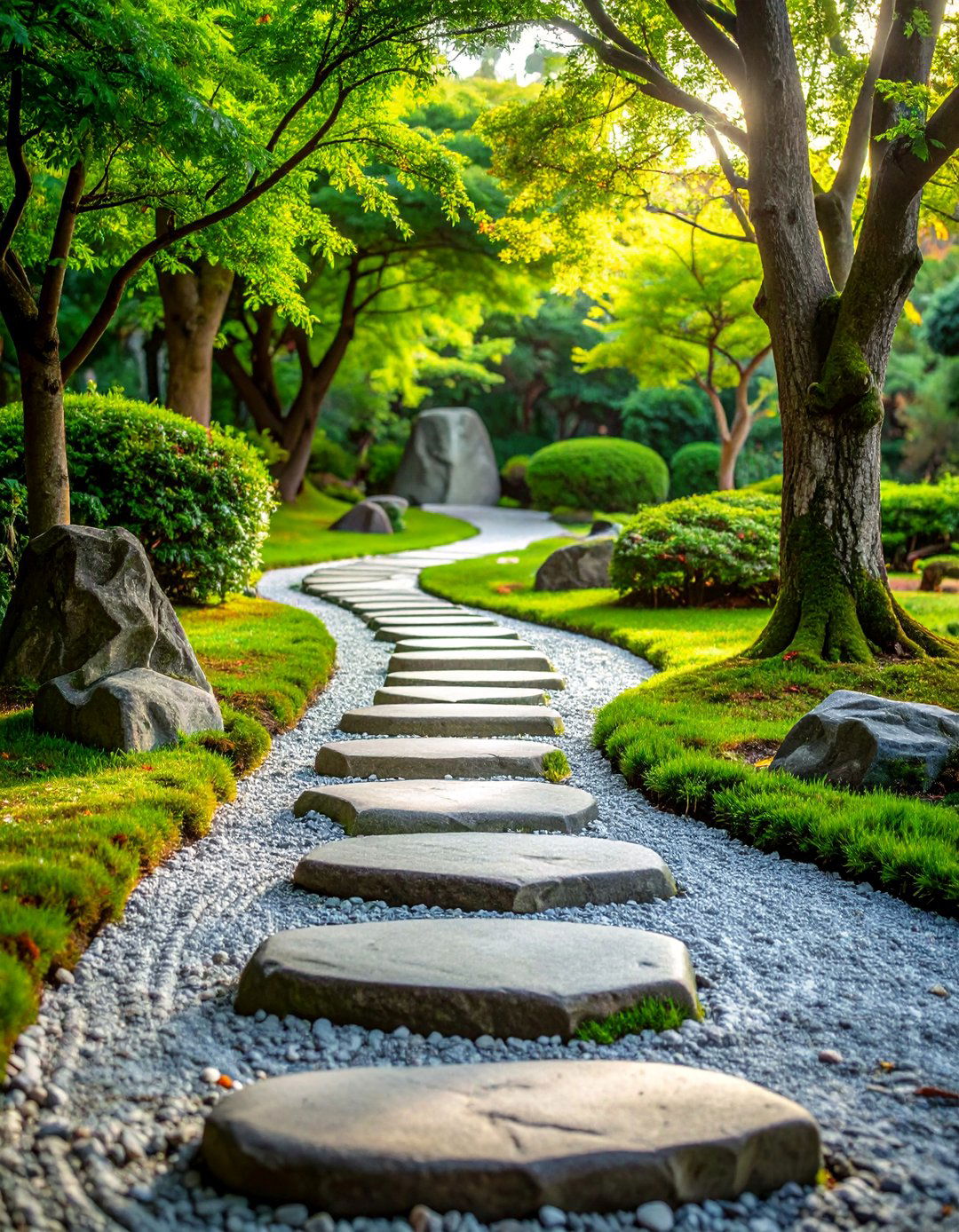
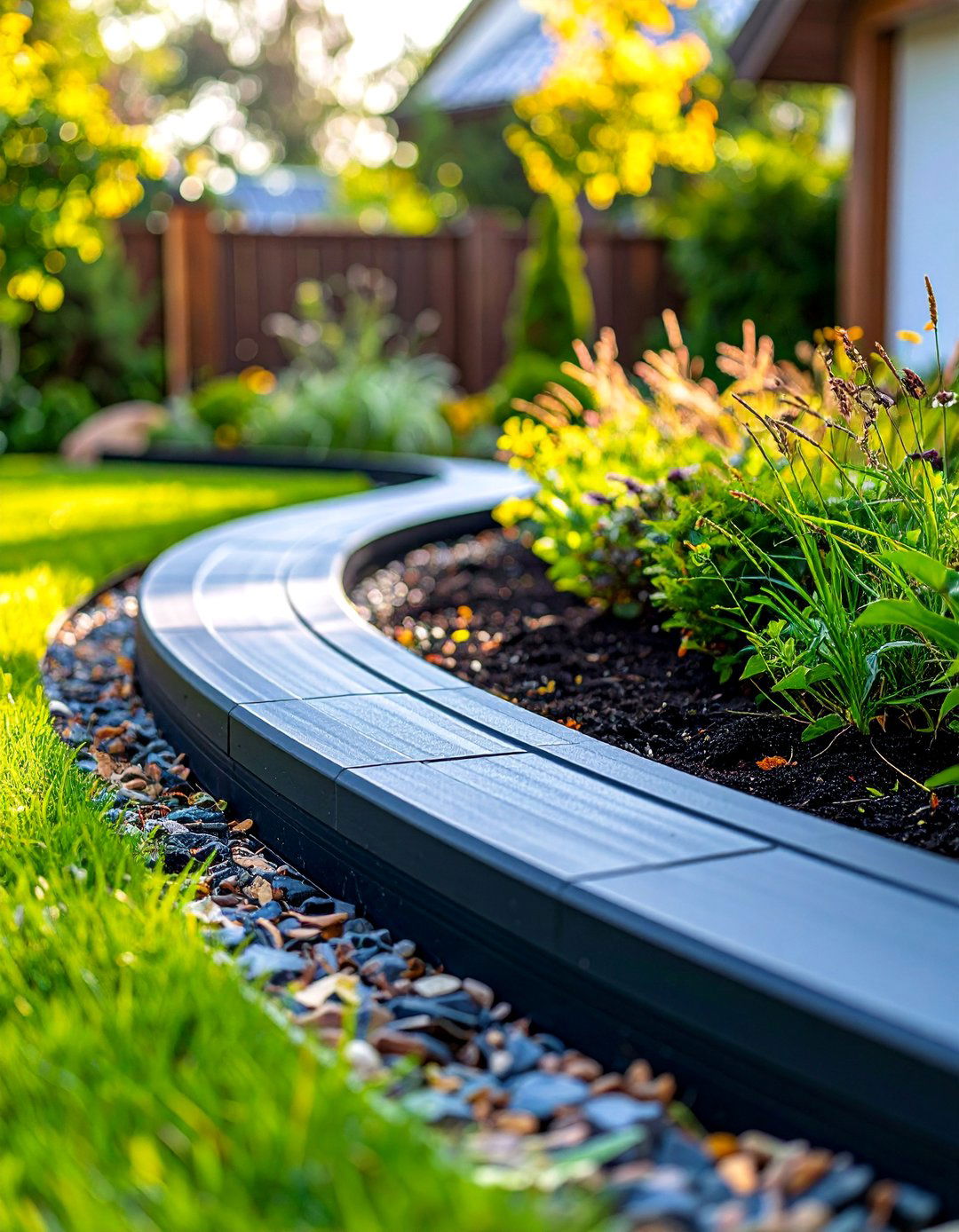
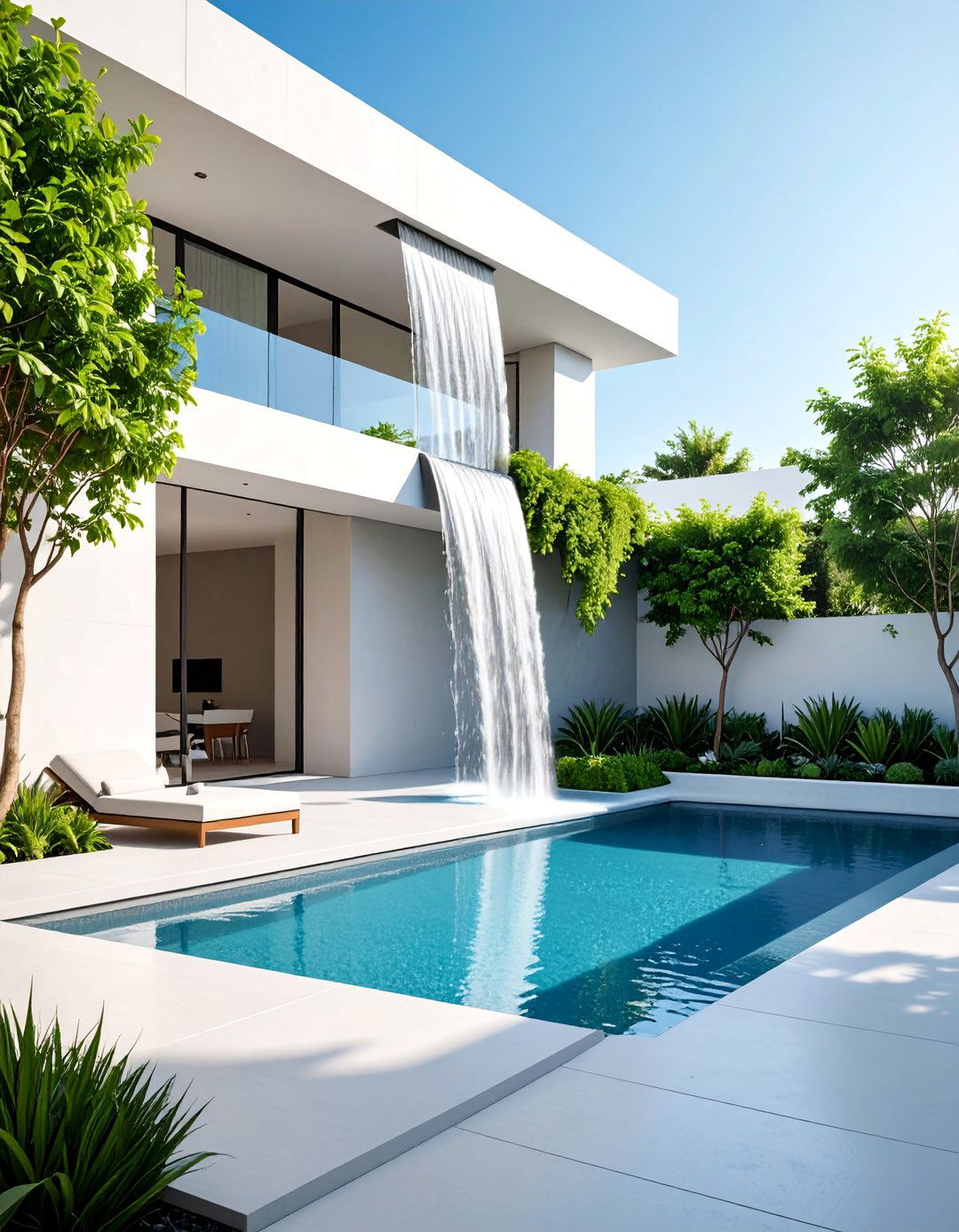
Leave a Reply